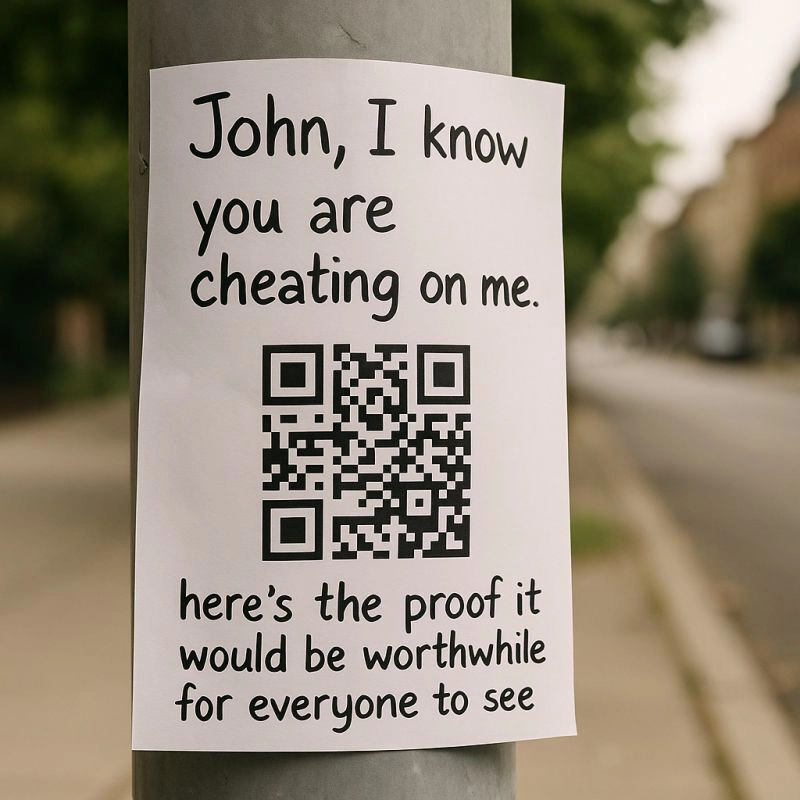The Silent Cyber Threat Hiding in Plain Sight
What is Quishing?
Quishing(QR Code + Phishing) is a sophisticated social engineering attack where cybercriminals use malicious QR codes to trick victims into revealing sensitive information, downloading malware, or accessing fraudulent websites.
How Quishing Works: The Attack Lifecycle
Attackers distribute malicious QR codes through various channels:
Email campaigns: Fake invoices, package delivery notifications, or urgent security alerts
Physical locations: Parking meters, restaurant tables, posters, or stickers placed over legitimate QR codes
Social media: Promotional offers, event registrations, or cryptocurrency giveaways
Urgency: “Your account will be locked in 24 hours—scan to verify”
Greed: “Exclusive discount—scan for 50% off!”
Fear: “Parking violation—scan to avoid fine”
Curiosity: “Scan to reveal your surprise gift”
Once the victim scans the malicious QR code:
- Credential Harvesting: Redirects to fake login pages mimicking legitimate services (Microsoft 365, banking portals, corporate SSO)
2.Malware Download: Initiates automatic download of spyware, ransomware, or remote access trojans
3.Payment Fraud Redirects to fraudulent payment portals or cryptocurrency wallets
4.Session Hijacking Steals authentication tokens or session cookies - MFA Bypass Uses real-time phishing to intercept multi-factor authentication codes
How to Protect Yourself and Your Organization
Before Scanning:
- Verify the source—is the QR code from a legitimate sender?
- Check for tampering on physical QR codes (stickers over originals)
- Be skeptical of urgent or unexpected QR codes
- Never scan QR codes from unsolicited emails or texts
After Scanning:
- Preview the URL before proceeding
- Verify the domain matches the expected organization
- Look for HTTPS and valid certificates
- Never enter credentials if something feels off
- Use QR scanner apps that show URLs before opening
General Practices:
- Keep mobile devices updated with latest security patches
- Install reputable mobile security software
- Enable device encryption and screen locks
- Avoid scanning QR codes on public WiFi
- Manually type URLs for sensitive transactions
For Organizations:
Technical Controls:
-
Email Security Enhancement
- Deploy advanced email security solutions with image analysis capabilities
- Enable QR code detection and sandboxing
- Quarantine emails containing QR codes from external senders
- Implement zero-trust architecture for mobile devices
-
Endpoint Protection
- Enforce mobile device management (MDM) policies
- Require mobile threat defense (MTD) solutions
- Implement mobile application management (MAM)
- Block access from jailbroken/rooted devices
-
Network Security
- Monitor for suspicious mobile device connections
- Implement DNS filtering to block known malicious domains
- Use network access control (NAC) for mobile devices
- Segment networks to limit mobile device access
As we increasingly rely on QR codes for convenience, we must remain vigilant about their security implications. Quishing represents a perfect storm: a trusted technology, minimal security awareness, and sophisticated attack techniques.
Remember: Convenience should never come at the cost of security. A two-second pause to verify a QR code could save you from a devastating breach.




